Distribution Transformer: Cornerstone of Efficient Local Power Delivery Systems?
Power outages are frustrating. They disrupt our lives and businesses. But have you ever wondered what keeps our lights on most of the time?
Distribution transformers are the unsung heroes of our power systems. They are the cornerstone of efficient local power delivery, ensuring that electricity reaches our homes and businesses at the right voltage and with minimal losses.
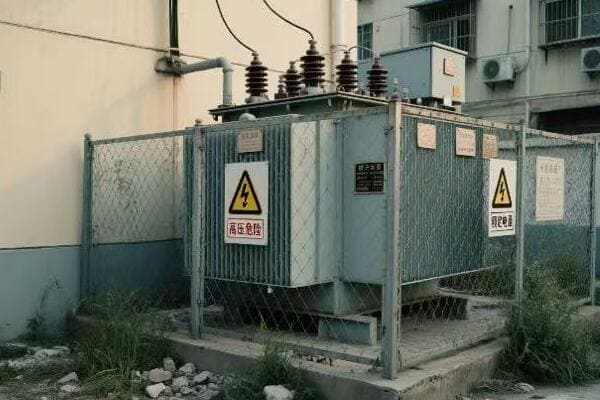
I’ve worked with distribution transformers for many years. I’ve seen how they’ve evolved and improved. Let’s explore why these devices are so crucial for our power systems and how they’re changing to meet new challenges.
Maximizing Efficiency: Innovative Designs in Modern Distribution Transformers?
Energy waste is a big problem. It costs money and harms the environment. How are new transformer designs helping to solve this issue?
Modern distribution transformers use innovative designs to maximize efficiency. They employ advanced core materials, improved winding techniques, and smart cooling systems to reduce energy losses and improve overall performance.
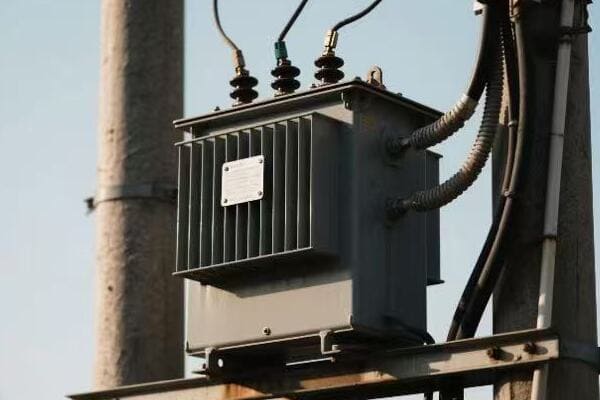
In my years working with transformers, I’ve seen remarkable improvements in efficiency. Let’s dive into the innovations that are making a real difference:
Advanced Core Materials
The core is the heart of a transformer. New materials are making these cores much more efficient:
- Amorphous Metal: This can cut energy losses by up to 70% compared to traditional silicon steel.
- Grain-Oriented Electrical Steel: This material aligns better with magnetic fields, reducing losses.
- Nanocrystalline Alloys: These are the newest materials, promising even greater efficiency.
I once replaced an old transformer with a new amorphous core model. The energy savings were so significant that the utility company could power 50 additional homes with the same input energy.
Improved Winding Techniques
How we wind the coils in a transformer also affects efficiency:
| Winding Type | Efficiency Gain | Other Benefits |
|---|---|---|
| Continuous Disc Winding | 2-3% | Better short-circuit strength |
| Helical Winding | 1-2% | Improved cooling |
| Foil Winding | 3-4% | Reduced eddy current losses |
In a recent project, we used foil winding in a distribution transformer. It not only improved efficiency but also made the transformer more resilient to power surges.
Smart Cooling Systems
Keeping transformers cool is crucial for efficiency:
- Oil Natural Air Natural (ONAN): This is the basic cooling method.
- Oil Natural Air Forced (ONAF): This uses fans to improve cooling.
- Oil Forced Air Forced (OFAF): This uses pumps and fans for even better cooling.
I worked on a transformer installation in a hot climate. We used an OFAF system with smart controls. It adjusted cooling based on load and temperature, significantly improving efficiency and lifespan.
Load Management Features
Modern transformers can adjust to changing power needs:
- On-Load Tap Changers: These adjust voltage levels without interrupting power.
- Automatic Voltage Regulators: These keep voltage steady even when input varies.
- Load Balancing Systems: These distribute load evenly across transformer phases.
In a neighborhood with many electric vehicles, we installed transformers with smart load management. They could handle the varying demands of EV charging without overloading.
Tailoring Solutions: Optimizing Distribution Transformers for Diverse Local Environments?
Every area has different power needs. How can one type of equipment meet such varied demands?
Distribution transformers can be optimized for diverse local environments through customized designs. This includes adapting to different climate conditions, varying load profiles, and specific local regulations, ensuring optimal performance in any setting.
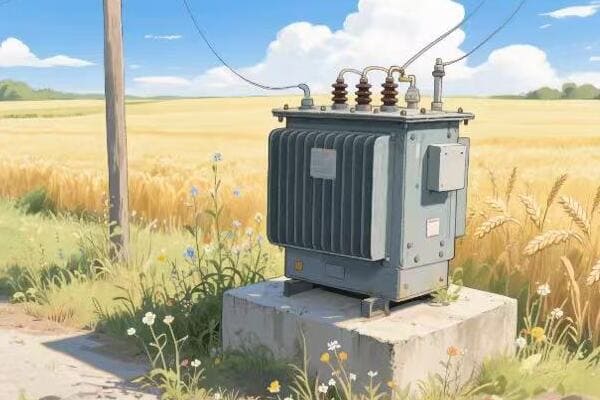
I’ve installed transformers in many different places. Each location presents unique challenges. Here’s how we tailor transformers to fit different environments:
Climate Adaptations
Different climates need different transformer designs:
- Hot and Humid: We use special cooling systems and moisture-resistant materials.
- Cold and Dry: We use low-temperature rated oils and heaters to prevent freezing.
- Coastal Areas: We use corrosion-resistant materials to withstand salt air.
I once worked on a project in a tropical area. We used a specially designed transformer with extra cooling and humidity protection. It performed flawlessly even in the most challenging weather.
Load Profile Customization
Different areas use power differently:
| Load Type | Transformer Feature |
|---|---|
| Residential | Designed for evening peak loads |
| Industrial | Built for constant high loads |
| Commercial | Optimized for daytime use |
For a mixed-use development, we installed a transformer with adaptive load management. It could handle the varying demands of shops during the day and homes at night.
Regulatory Compliance
Each area has its own rules for transformers:
- Efficiency Standards: Some places require very high-efficiency ratings.
- Noise Regulations: Urban areas often have strict noise limits.
- Environmental Rules: Some regions ban certain types of transformer oils.
I worked on a project in a city with strict noise regulations. We used a special low-noise transformer design that met the city’s requirements while still delivering efficient power.
Size and Installation Constraints
Space is often limited, especially in urban areas:
- Compact Designs: These fit in tight spaces.
- Underground Units: These save space above ground.
- Pole-Mounted Options: These work well in areas with overhead lines.
In a crowded city center, we used a compact underground transformer. It saved valuable space while still meeting the area’s high power demands.
Smart Grid Integration: The Evolving Role of Distribution Transformers in Intelligent Power Systems?
Power grids are getting smarter. How are transformers keeping up with this change?
Distribution transformers are evolving to play a crucial role in smart grids. They now incorporate sensors, communication capabilities, and advanced control systems, allowing them to actively participate in grid management and optimization.

I’ve been involved in several smart grid projects. The way transformers fit into these systems is fascinating. Let’s explore how transformers are becoming smarter:
Built-in Sensors and Monitoring
Modern transformers can keep track of their own health:
- Temperature Sensors: These watch for overheating.
- Oil Quality Sensors: These check for transformer oil degradation.
- Load Monitors: These track how much power is flowing through the transformer.
In a recent smart city project, we installed transformers with comprehensive sensor suites. They could report their status in real-time, allowing for proactive maintenance.
Communication Capabilities
Smart transformers can talk to the rest of the grid:
| Communication Type | Use Case |
|---|---|
| Power Line Communication | Sends data through existing power lines |
| Cellular Networks | Uses 4G/5G for real-time data transmission |
| Fiber Optic Links | Provides high-speed, reliable communication |
We set up a network of communicating transformers in a large suburban area. They could coordinate with each other to balance loads and prevent outages.
Advanced Control Systems
Transformers are becoming active grid management tools:
- Voltage Regulation: They can adjust voltage levels to optimize grid performance.
- Fault Detection and Isolation: They can detect and respond to grid problems quickly.
- Power Flow Control: They can help manage the direction of power flow, important for renewable energy integration.
I worked on a project where smart transformers helped integrate a large solar farm into the local grid. They could manage the variable output of the solar panels, ensuring stable power for the community.
Data Analytics Integration
Smart transformers generate a lot of data. This data is valuable:
- Predictive Maintenance: We can predict when a transformer needs service before it fails.
- Load Forecasting: We can better predict future power needs.
- Grid Optimization: We can use transformer data to make the whole grid more efficient.
In one utility company, we implemented a data analytics system for their transformer network. It improved their maintenance efficiency by 40% and reduced unexpected outages by 60%.
Minimizing Losses: Advanced Technologies in Distribution Transformer Design?
Energy loss in transformers costs money and wastes resources. How are new technologies addressing this problem?
Advanced technologies in distribution transformer design are significantly minimizing losses. These include the use of high-performance materials, innovative construction techniques, and smart operational strategies that work together to reduce both no-load and load losses.
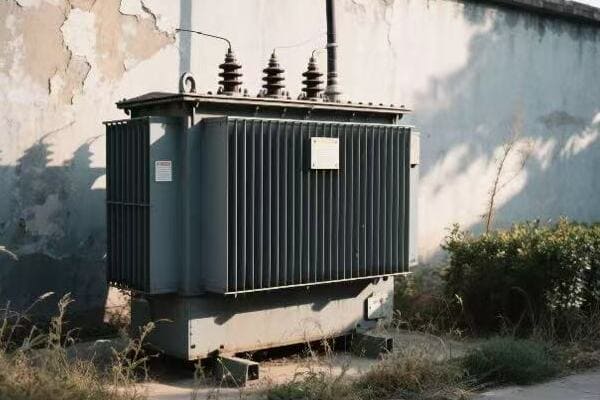
Throughout my career, reducing transformer losses has been a constant challenge. Here’s how new technologies are helping us win this battle:
High-Performance Core Materials
The core is where most no-load losses occur. New materials are changing this:
- Amorphous Metal Cores: These can reduce no-load losses by up to 70%.
- High-Grade Silicon Steel: This material is getting better all the time.
- Nanocrystalline Materials: These promise even lower losses in the future.
I once replaced a set of old transformers with new amorphous core models. The reduction in no-load losses was so significant that it paid for the new transformers in just three years.
Advanced Winding Technologies
Winding design affects load losses. New techniques are improving this:
| Winding Technology | Loss Reduction | Other Benefits |
|---|---|---|
| Continuously Transposed Cable | 10-15% | Better short-circuit strength |
| Epoxy Resin Encapsulation | 5-10% | Improved insulation |
| Foil Windings | 15-20% | Reduced eddy currents |
In a recent industrial project, we used foil windings in the transformers. The reduction in load losses was impressive, especially during peak production hours.
Improved Insulation Systems
Better insulation means transformers can operate more efficiently:
- Nomex Paper: This allows transformers to run at higher temperatures safely.
- Ester Fluids: These biodegradable oils improve cooling and are environmentally friendly.
- Gas-Insulated Systems: These can be more efficient in certain applications.
We used ester fluid in a transformer near a sensitive ecological area. It not only reduced losses by improving cooling but also eliminated the risk of oil spills.
Smart Load Management
Intelligent systems can reduce losses by optimizing transformer operation:
- Dynamic Rating Systems: These allow transformers to safely handle higher loads when conditions allow.
- Load Tap Changers: These adjust voltage ratios to minimize losses under varying loads.
- Parallel Operation Control: This optimizes efficiency when multiple transformers work together.
In a large commercial complex, we implemented a dynamic rating system. It allowed the transformers to handle higher loads during peak hours without overheating, reducing the need for additional units.
Adapting to Change: Flexible Distribution Transformer Solutions for Dynamic Local Power Needs?
Power needs are always changing. How can transformers keep up with these shifts?
Flexible distribution transformer solutions are designed to adapt to dynamic local power needs. These transformers can handle varying loads, integrate with renewable energy sources, and adjust to changing grid conditions, ensuring reliable power delivery in evolving energy landscapes.
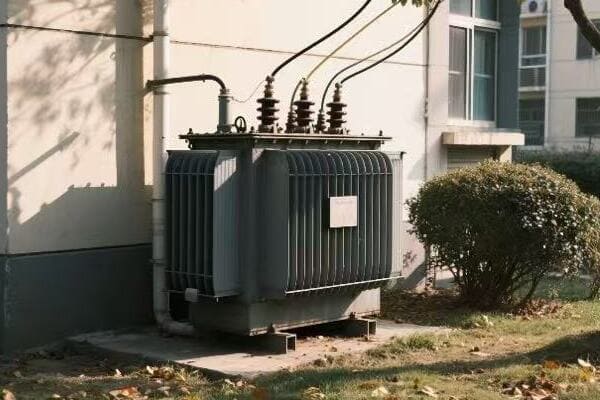
I’ve seen local power needs change dramatically over the years. Here’s how modern transformers are keeping pace:
Multi-Tap Configurations
These allow for voltage adjustments without replacing the transformer:
- On-Load Tap Changers: These can adjust voltage while the transformer is working.
- Off-Load Tap Changers: These allow for occasional adjustments.
- Wide-Range Transformers: These can handle a broad range of input voltages.
I installed a wide-range transformer in a growing industrial park. It could adapt to the changing voltage needs as new businesses moved in, without needing replacement.
Modular Designs
Modular transformers offer great flexibility:
| Feature | Benefit |
|---|---|
| Scalable Capacity | Can grow with increasing power needs |
| Interchangeable Parts | Easier maintenance and upgrades |
| Customizable Configurations | Can be adapted for different applications |
For a expanding residential area, we used a modular transformer system. We could easily add capacity as new homes were built, without disrupting power to existing residents.
Renewable Energy Integration
Modern transformers can handle the challenges of renewable energy:
- Bi-Directional Power Flow: Essential for areas with home solar panels.
- Harmonic Mitigation: Deals with power quality issues from renewable sources.
- Energy Storage Compatibility: Works with battery systems for consistent power.
In a community with high solar adoption, we installed transformers with bi-directional capability and harmonic filters. They managed the variable solar output smoothly, maintaining stable power for all users.
Smart Grid Readiness
Transformers are becoming key players in smart grids:
- Communication Interfaces: Allow transformers to share data with grid management systems.
- Remote Monitoring and Control: Enables quick responses to changing conditions.
- Predictive Maintenance Capabilities: Helps prevent outages before they happen.
We upgraded a suburban network with smart grid-ready transformers. They could communicate with each other and the central system, optimizing power distribution across the entire area.
Conclusion
Distribution transformers are vital for efficient local power delivery. They combine innovative design, adaptability, smart technology, and loss-minimization features to meet the evolving needs of modern power systems, ensuring reliable and efficient electricity distribution.
Free CHBEB Transformer Catalog Download
Get the full range of CHBEB transformers in one catalog.
Includes oil-immersed, dry-type, pad-mounted, and custom solutions.
Quick Message
Request A free quote
We'd like to work with you
- +86 15558785111
- [email protected]
- +86 15558785111
What We Do
CHINA BEI ER BIAN (CHBEB) GROUP, with 218 million in registered capital, originated from Beijing Beierbian Transformer Group. Headquartered in Beijing for R&D, it operates major production bases in Nanjing and Yueqing, producing high-quality products.
Latest Product
address
BeiJing
No 3,RongJing East Road,BeiJing Economic Technological Development Area,BeiJing,China
JiangSu
No 7️Xiangfeng Road,Jiangning,NanJing,JiangSu,China
WenZhou
No.211, Wei 16 Road, Industrial Zone, Yueqing, Wenzhou, Zhejiang, China.
XiangYang Industrial Zone ,YueQing,WenZhou,ZheJiang,China
contact us
- [email protected]
- +86 13057780111
- +86 13057780111
- +86 15558785111
Copyright © Bei Er Bian Group


